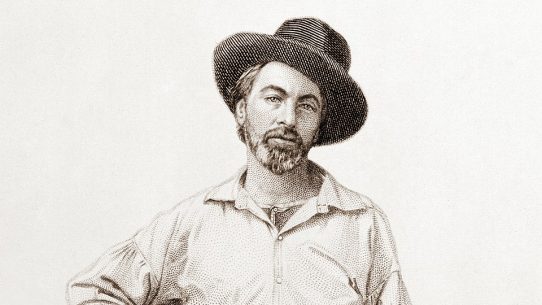Born: October 21, 1772, Ottery St Mary, Devon, England
Died: July 25, 1834, Highgate, London, England
Nationality: English
Literary Period/Movement: Romanticism
Introduction
Samuel Taylor Coleridge (1772–1834) was an English poet, critic, and philosopher whose imagination and depth of thought helped shape the Romantic movement. Known for his visionary verse and groundbreaking literary criticism, Coleridge remains one of the most intellectually daring poets in English literature.
Early Life and Education
Coleridge was the youngest of ten children in the family of a clergyman and schoolmaster. His early education in Devon revealed both his brilliance and his sensitivity. He attended Christ’s Hospital in London and later Jesus College, Cambridge, where his wide reading and radical ideas flourished. He left Cambridge before completing his degree, drawn to idealistic causes and a dream of social reform.
During this time, Coleridge formed a close friendship with fellow poet Robert Southey, and together they imagined a utopian community called “Pantisocracy.” Though the plan failed, the idea reflected Coleridge’s lifelong belief in the power of imagination and unity among people.
Literary Career and Major Works
Coleridge’s collaboration with William Wordsworth led to the publication of Lyrical Ballads in 1798, a work that marked the beginning of English Romanticism. His contributions, including The Rime of the Ancient Mariner and Kubla Khan, demonstrated his gift for blending supernatural vision with psychological realism.
His later poem Christabel explored themes of innocence, temptation, and the uncanny, while his prose works — such as Biographia Literaria (1817) — established him as one of the foremost literary critics of his time. Coleridge’s thought deeply influenced Romantic philosophy and aesthetics, particularly his distinction between “fancy” and “imagination.”
Style, Themes, and Influence
Coleridge’s poetry is known for its dreamlike imagery, musical language, and exploration of the unconscious mind. He combined Christian mysticism with psychological and philosophical inquiry, creating poetry that was both spiritual and intellectual. His fascination with guilt, redemption, and the supernatural set him apart from other Romantics.
His ideas on imagination and symbol profoundly influenced later poets and thinkers. Writers from the Victorian to the modern era — including T. S. Eliot and W. B. Yeats — regarded him as a master of poetic thought and a pioneer of psychological insight in literature.
Later Life and Legacy
Coleridge’s later years were marked by poor health and an addiction to opium, which he initially took for pain relief. Despite these struggles, he continued to write, lecture, and inspire younger writers. His home in Highgate became a hub for intellectual discussion and mentorship.
He died in 1834, leaving behind a complex legacy as both a poet of visionary beauty and a thinker of profound originality. His influence on poetry, criticism, and philosophy remains enduring, earning him a place among the giants of Romanticism.
Notable Works
- The Rime of the Ancient Mariner (1798)
- Kubla Khan (1816)
- Christabel (1816)
- Dejection: An Ode (1802)
- Biographia Literaria (1817)
Related Poets
William Wordsworth, Lord Byron, Percy Bysshe Shelley



